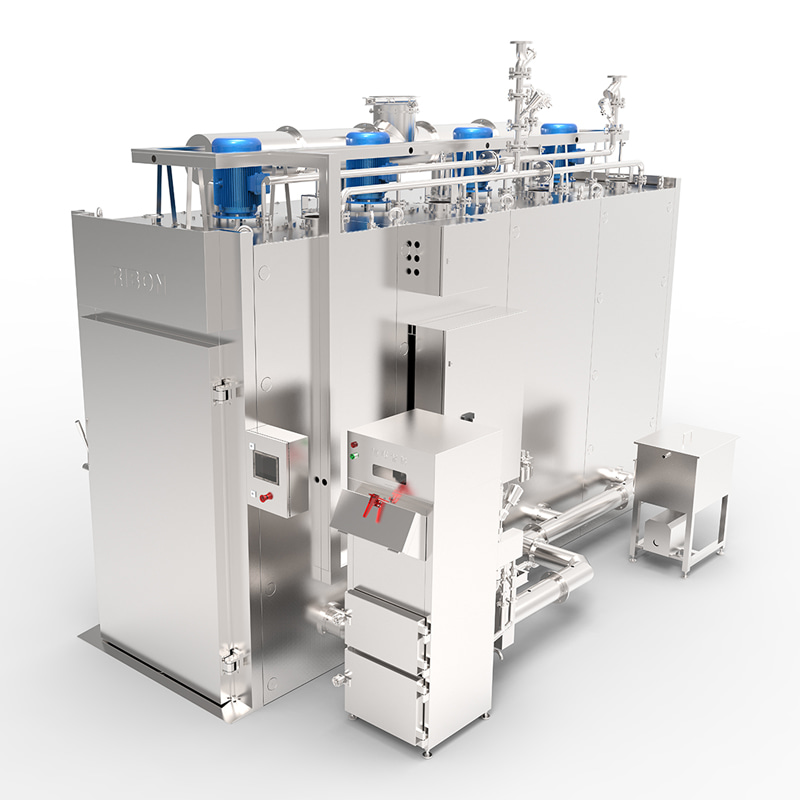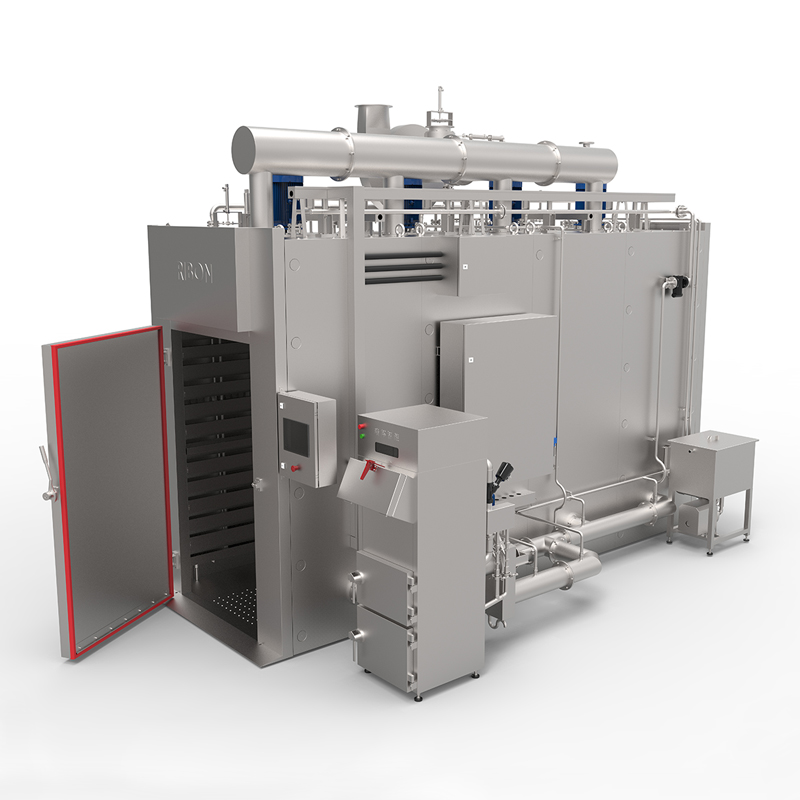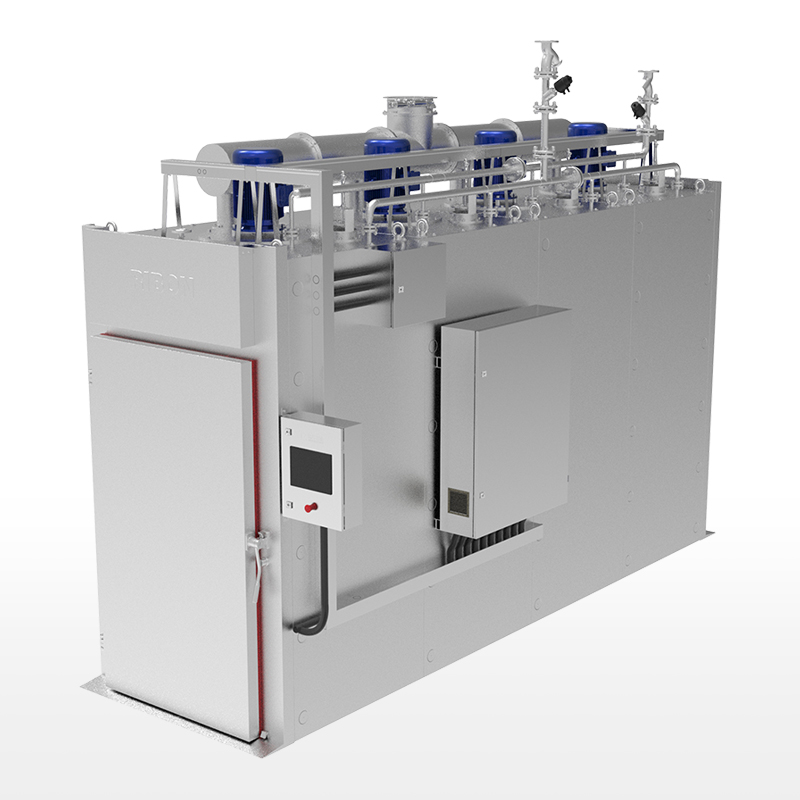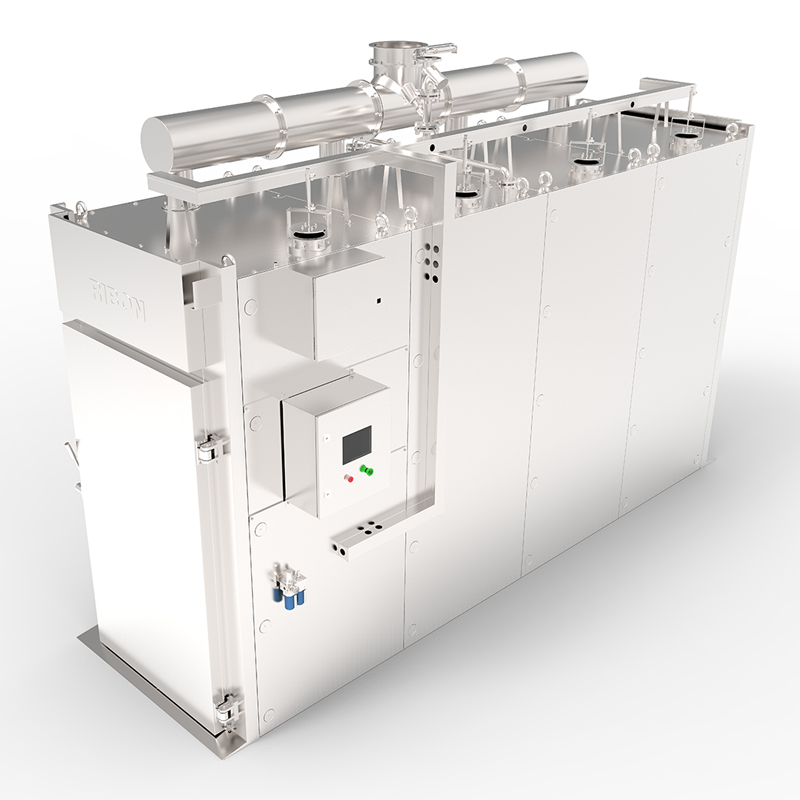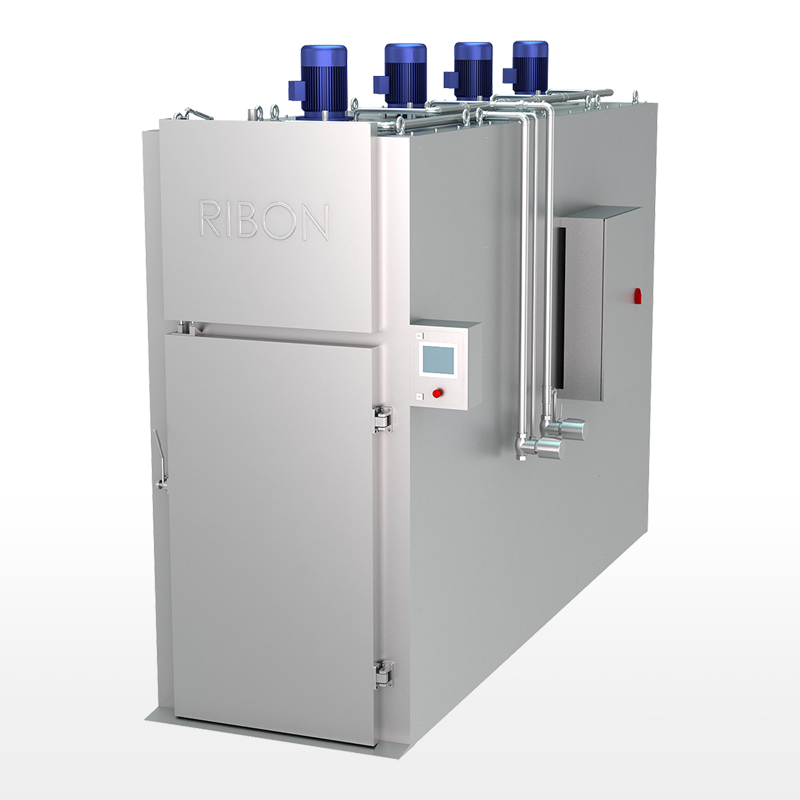The modern food industry demands efficiency, precision, and hygiene at an unprecedented scale, and few pieces of equipment meet these demands as comprehensively as the deboning machine. Once a labor-intensive, time-consuming process reliant on skilled knife work, deboning has been transformed by automation, making the separation of meat from bone faster, safer, and far more profitable. This crucial technology has become the cornerstone of high-volume protein processing across poultry, pork, beef, and fish.
How the Deboning Machine Works
While the term "deboning machine" can refer to a variety of equipment—from automated systems for breast fillets to mechanical bone-meat separators—their core function remains the same: maximizing meat yield while minimizing bone fragments.
Modern, anatomical deboners for poultry parts (like thighs or whole legs) use highly specialized mechanisms:
-
X-Ray/Vision Technology: Advanced deboning machines now incorporate X-ray or imaging technology to analyze each piece of meat (e.g., a chicken leg) in real time. This allows the machine to precisely measure the bone structure and joint location.
-
Precision Cutting and Scraping: Based on the analysis, programmable tools, blades, and scraping plates adjust themselves to follow the bone's contour. The meat is often gently pressed and scraped away from the bone in a single, high-speed movement.
-
Minimal Fragmentation: This precise, automated action ensures the bone remains intact, preventing small, sharp fragments from contaminating the final product and guaranteeing a premium, bone-free cut of meat.
Another common application is the meat bone separator, which processes post-trimming material and smaller carcasses. This mechanical deboning machine gently presses the soft tissue through fine sieves or screens, separating the residual meat and fat from the harder bone fragments.
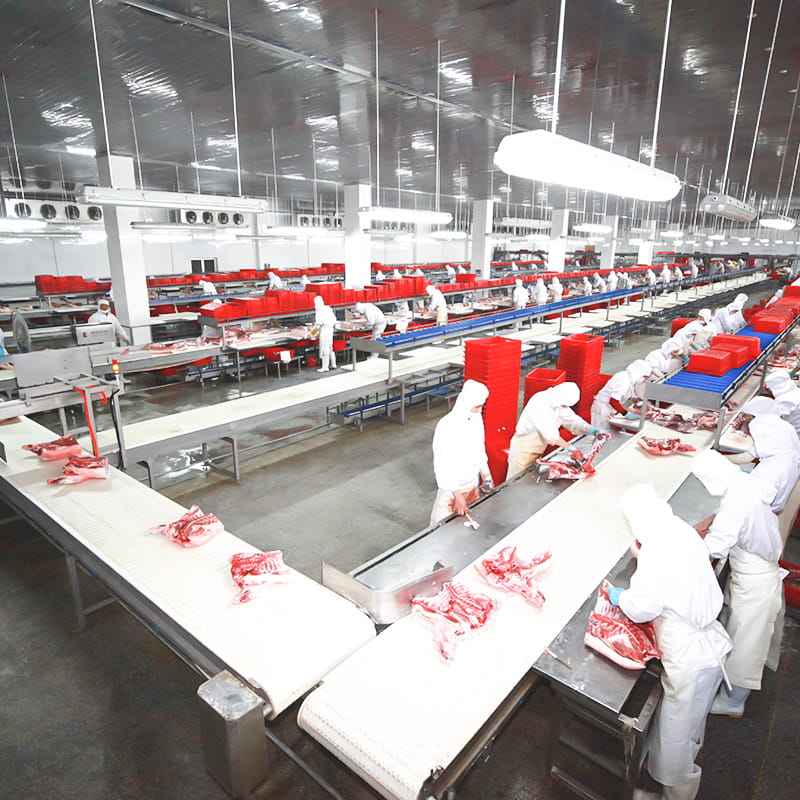
Key Advantages in Commercial Processing
The shift from manual to automated deboning is driven by significant operational and financial benefits:





 English
English русский
русский Español
Español عربى
عربى
